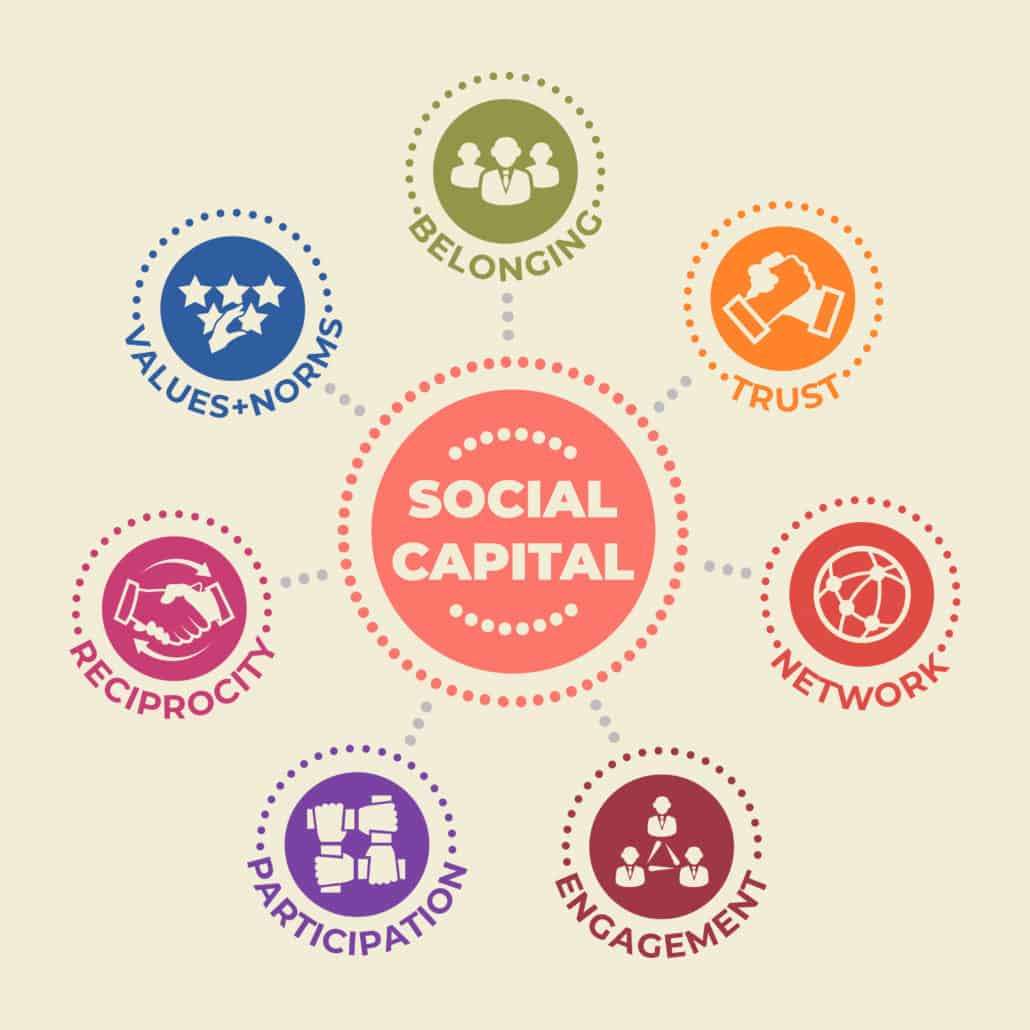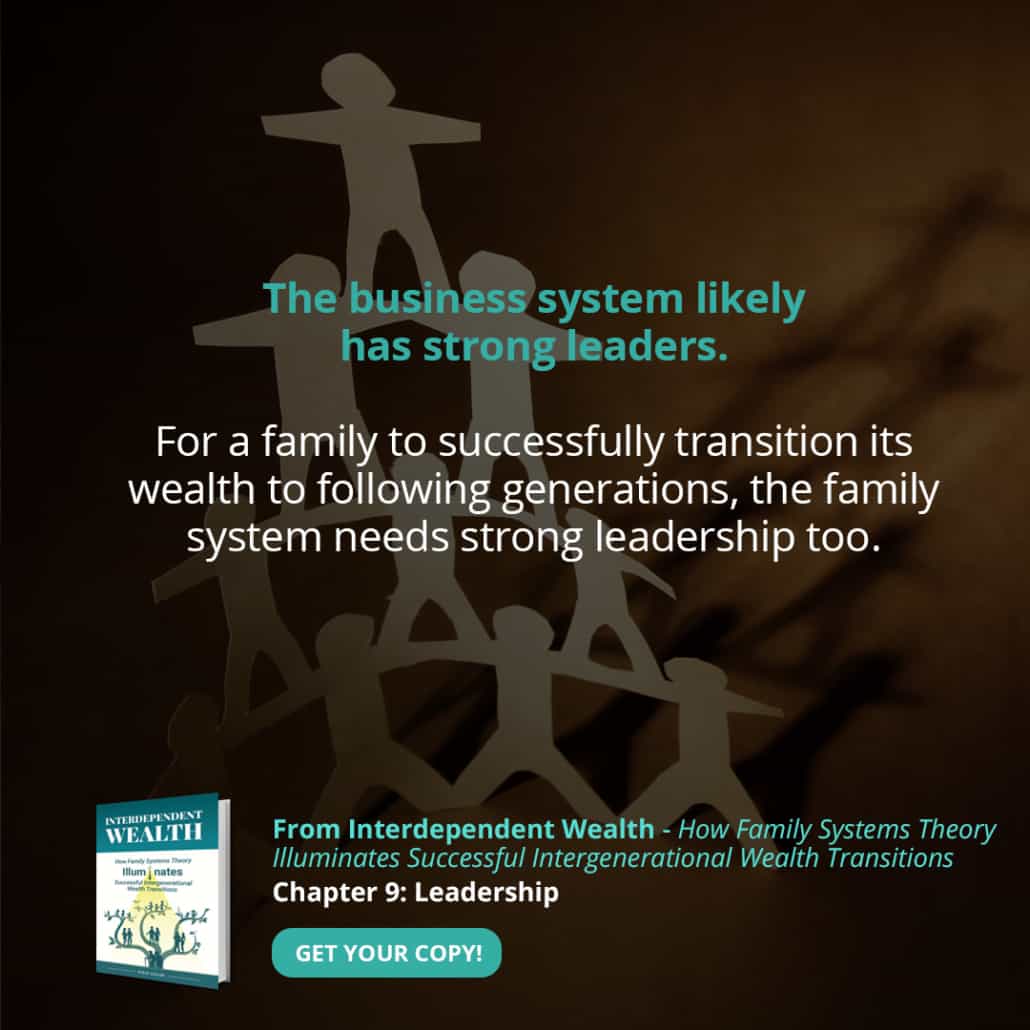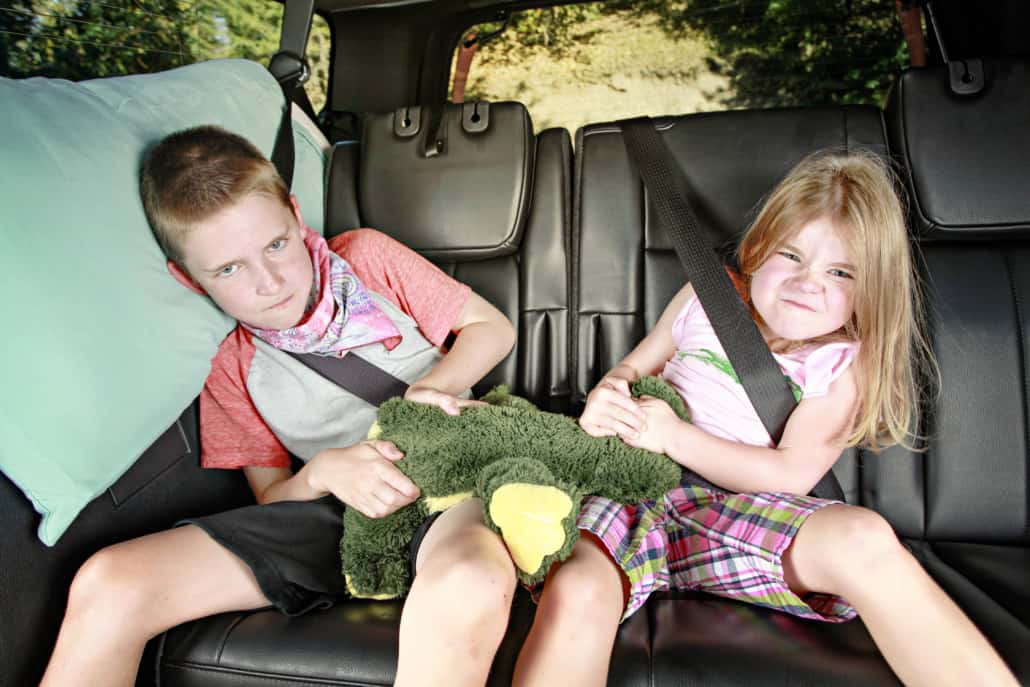New Perspectives on a Flashback Memory
In the summer I love being at my cottage, and when here, one of my preferred spots is on my kayak, hoping to spot some bald eagles while paddling around the Chockpish River.
See: From Upstream to Downstream in the FamBiz
This week I ventured to a part of the river near the first cottage we stayed in here, years ago, and it created a flashback to a memory that part of me prefers to forget.
As I casually related that story to my coach, Melissa, this week, we ended up in some new territory that makes me want to share it here now.
Just a Trip to the Beach
It was a nice day for a trip to the beach, which, depending on the mode of transport, is either a five-minute drive by car, or a twenty-minute paddle by kayak.
So Mom and our daughter were going to drive and my son and I were going to take the scenic route via the water.
I had one “Walkie-Talkie” and my wife had the other, just in case.
“OK, bye, see you there in a few minutes”. Not so fast…
Boat Safety Training Comes in Handy
My wife grew up on a river with power boats, and we’ve taken our share of boating courses, many years ago. One part of the training included using a VHF radio to communicate and to signal distress.
(The protocols on the water and for aircraft are similar if not identical.)
The Chockpish river is not deep, and in places you can run aground, even in a kayak, but there was another danger lurking beneath the surface.
My preteen son (at the time) got into the small kayak and I pushed mine into deep enough water to get going, and was then going to board (mine is a “sit-on-top” model).
Off we go, except…
Did I Tell You About the Moose?
Our neighbour, Doris, had recently recounted a sad story about a moose who “got stuck in the mud, and died” in the river, because she (the moose) couldn’t get out.
That story came to the forefront of my mind, as I too, began to sink into the mud as I tried to board my kayak.
With my son waiting, “patiently”, for us to depart, Dad kept getting in deeper and deeper. This was NOT going as planned.
Did Doris mention that the moose had a heart attack trying to get out? I wasn’t sure anymore.
I was slowly but surely reaching panic mode.
Asking for Help, Before It Gets Critical
I remembered the Walkie-Talkie, and I remembered my radio training. We’re all familiar with “MayDay” as a distress call, when it’s a matter of life and death.
Fewer people know that there’s another signal to call out, before things get that far, but I knew it was time to use it.
I turned on the Walkie-Talkie and said “Pan Pan”.
“Pan Pan, I’m stuck in the mud, and I think I need help”
My wife knew that this was not a joke and that I needed help, and she turned around and came back to help.
The rest of the story is thankfully uneventful, because after seeing her, I calmed down, which helped me stop sinking deeper, and I eventually extricated myself, on my own.
Lessons Learned when Stuck in Real Mud
I hope you never get to the point where you’re literally hip deep in the mud, even in shallow water.
- Don’t wait until it’s “life and death” before asking for help.
- Know how to ask for the right help, and from whom.
- Remaining calm will almost always be helpful.
- The presence of a helper is beneficial, even if they aren’t the ones who pull you out.
Lessons that Families Can Use
- Don’t wait until it’s “life and death” before asking for help.
- Know how to ask for the right help, and from whom.
- Remaining calm will almost always be helpful.
- The presence of a helper is beneficial, even if they aren’t the ones who pull you out.
Did You See What I Did There?
I probably could have made this point without the repetition, but I wanted it to be “in your face”.
Families get “stuck”, and they know things won’t magically solve themselves.
It’s OK to ask for help, you’ll be glad you did.
Invitation:
Send me an email with “Pan Pan” in the subject line, and I’ll offer you two complimentary one-hour coaching sessions.









